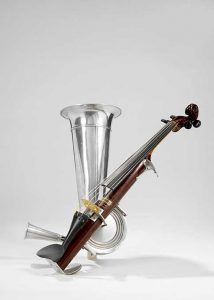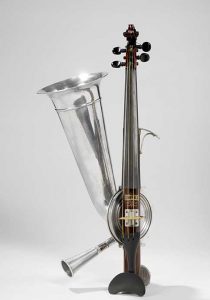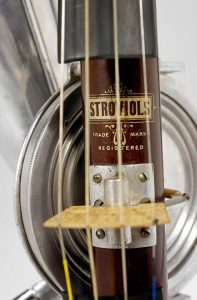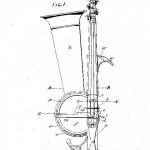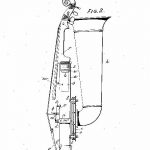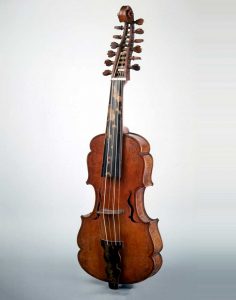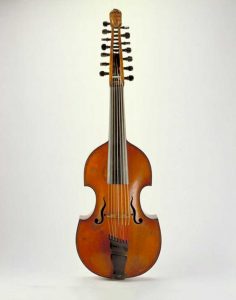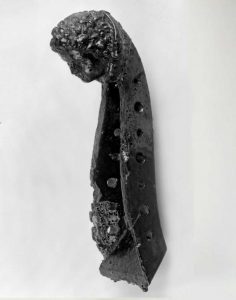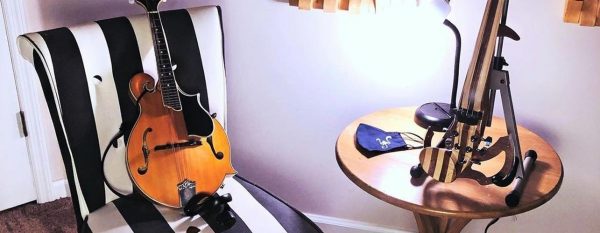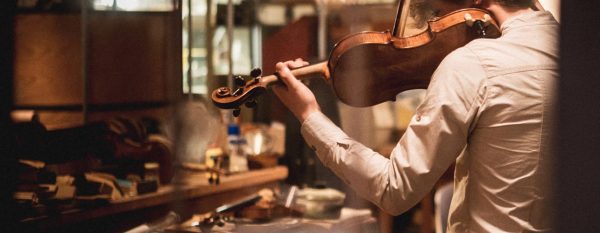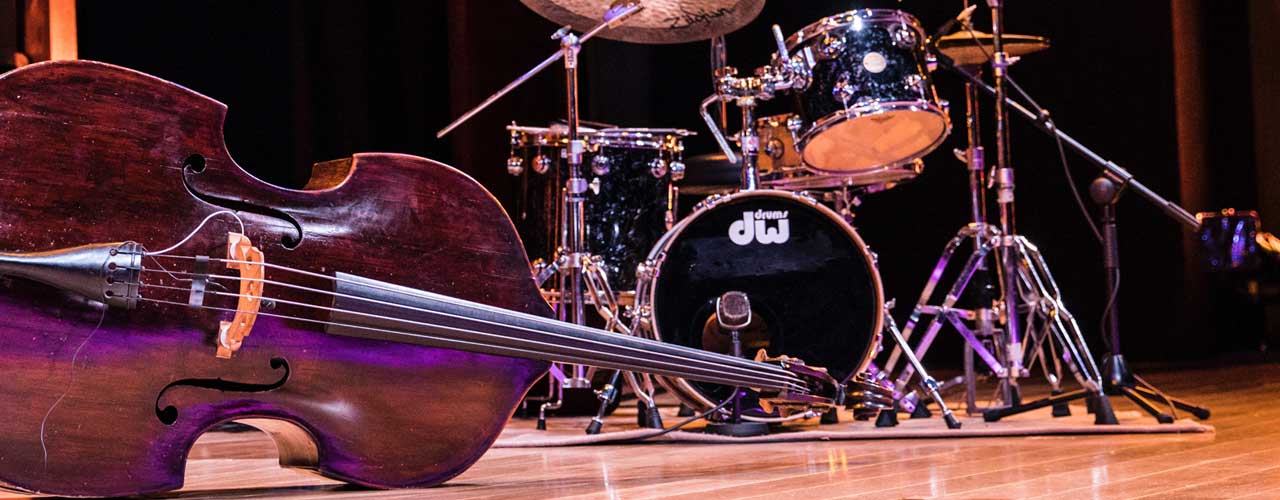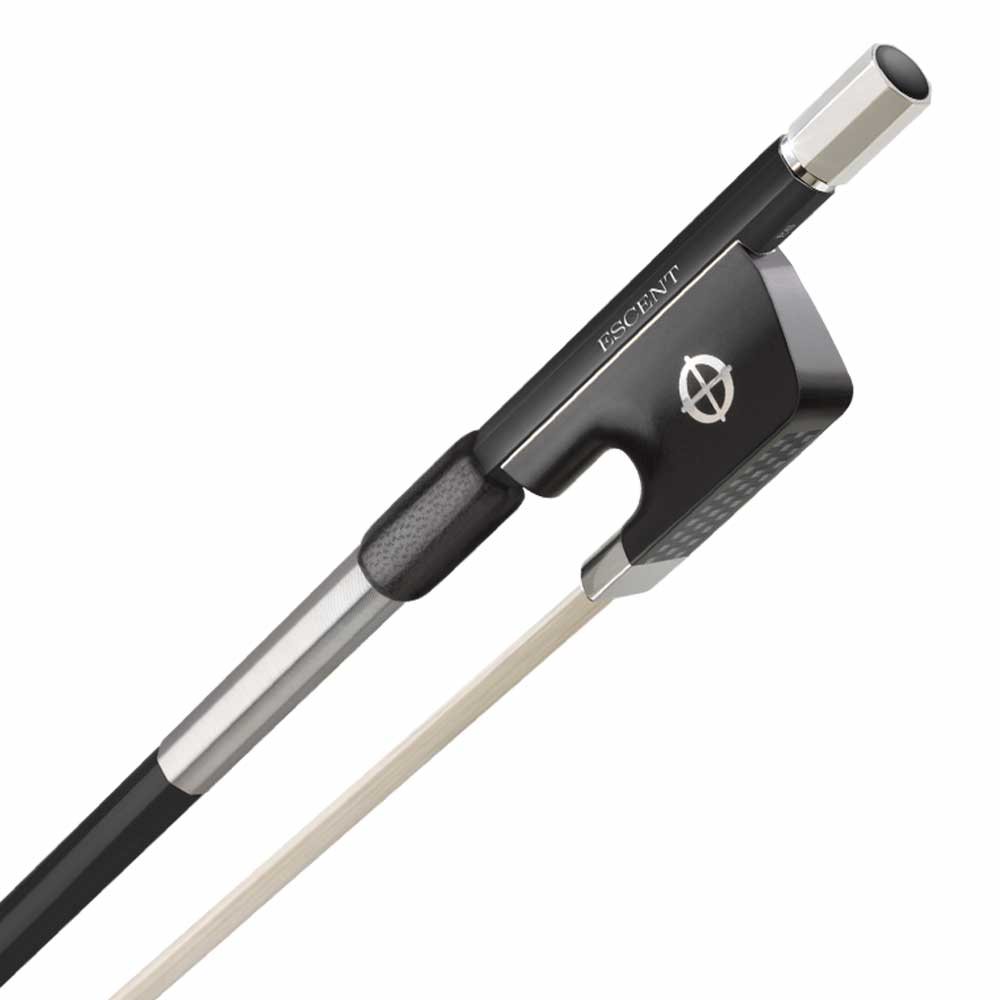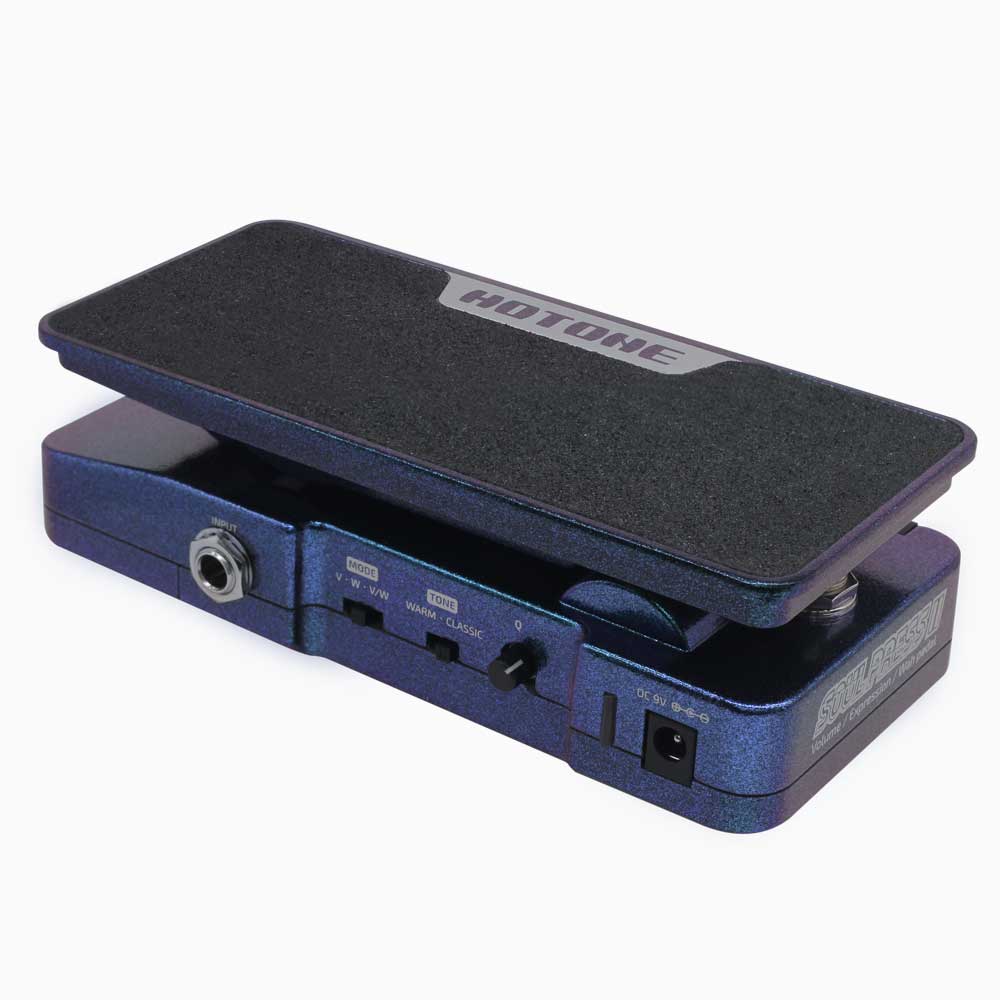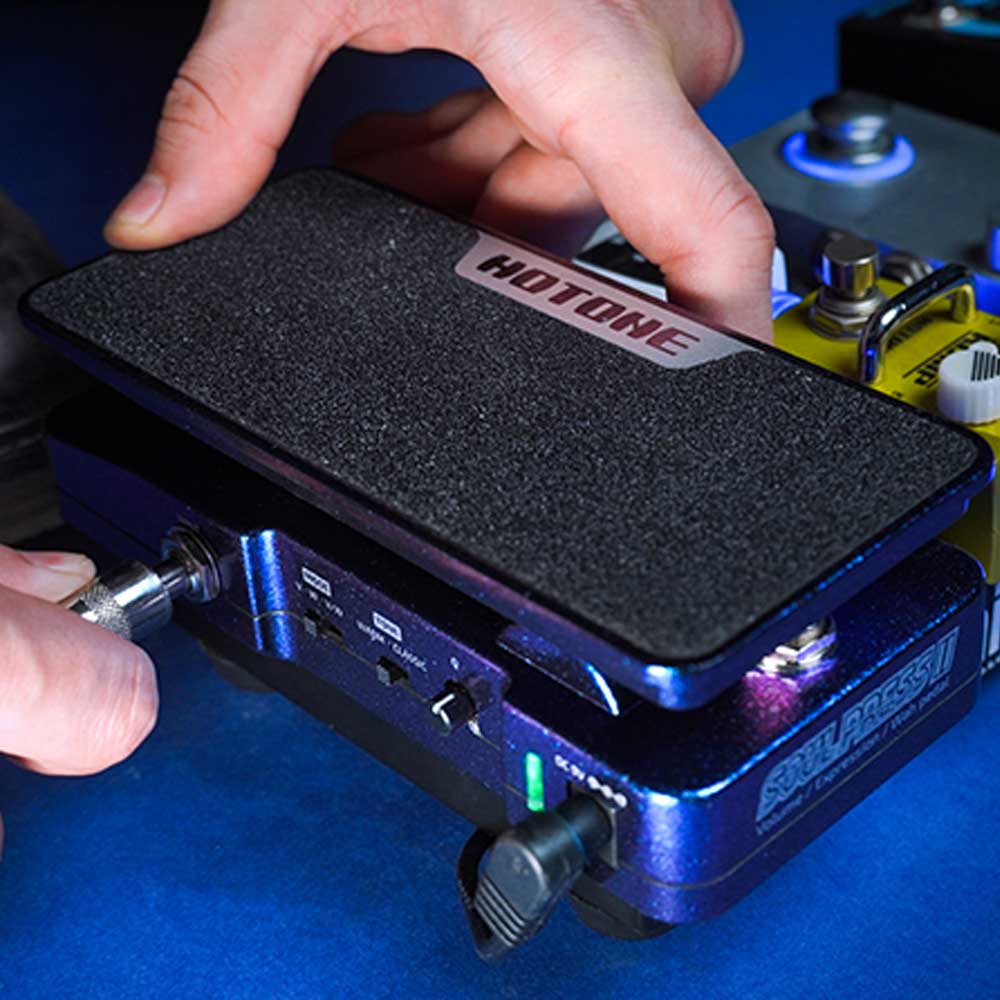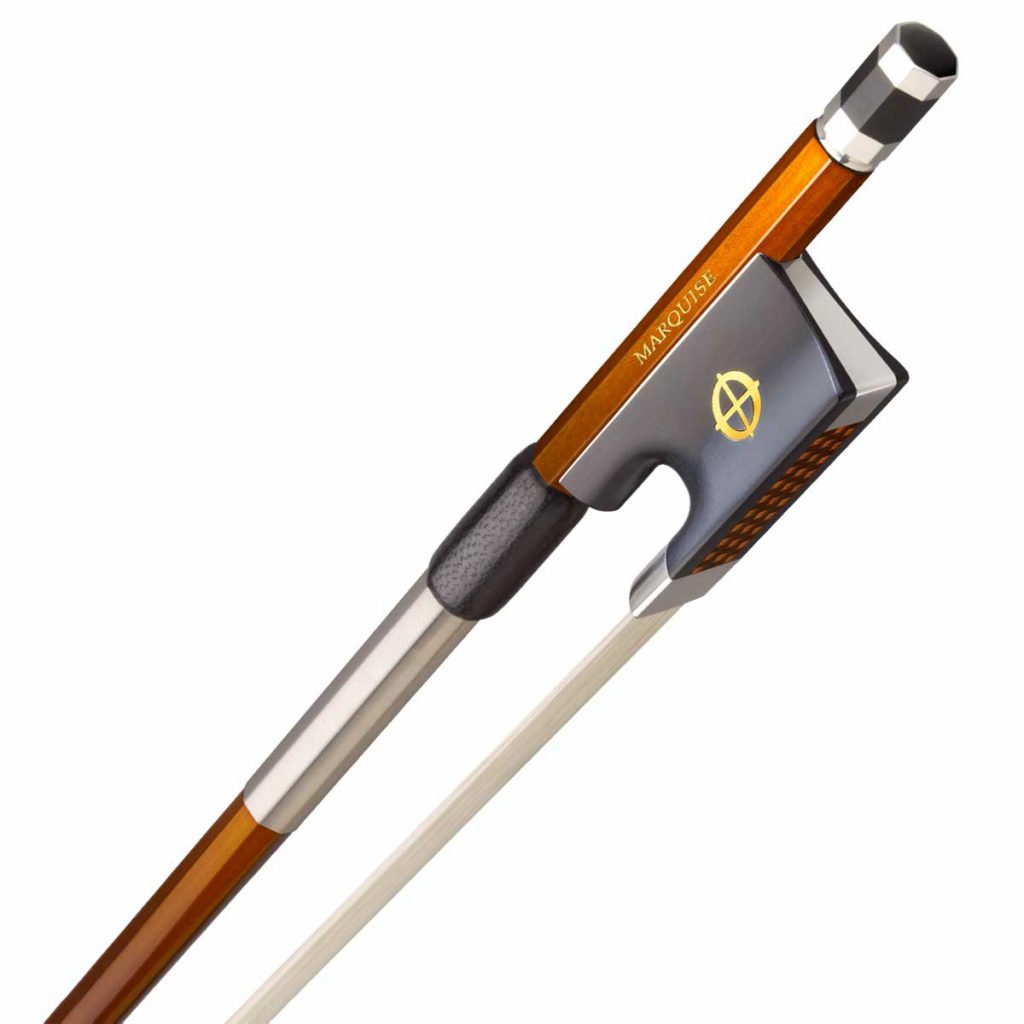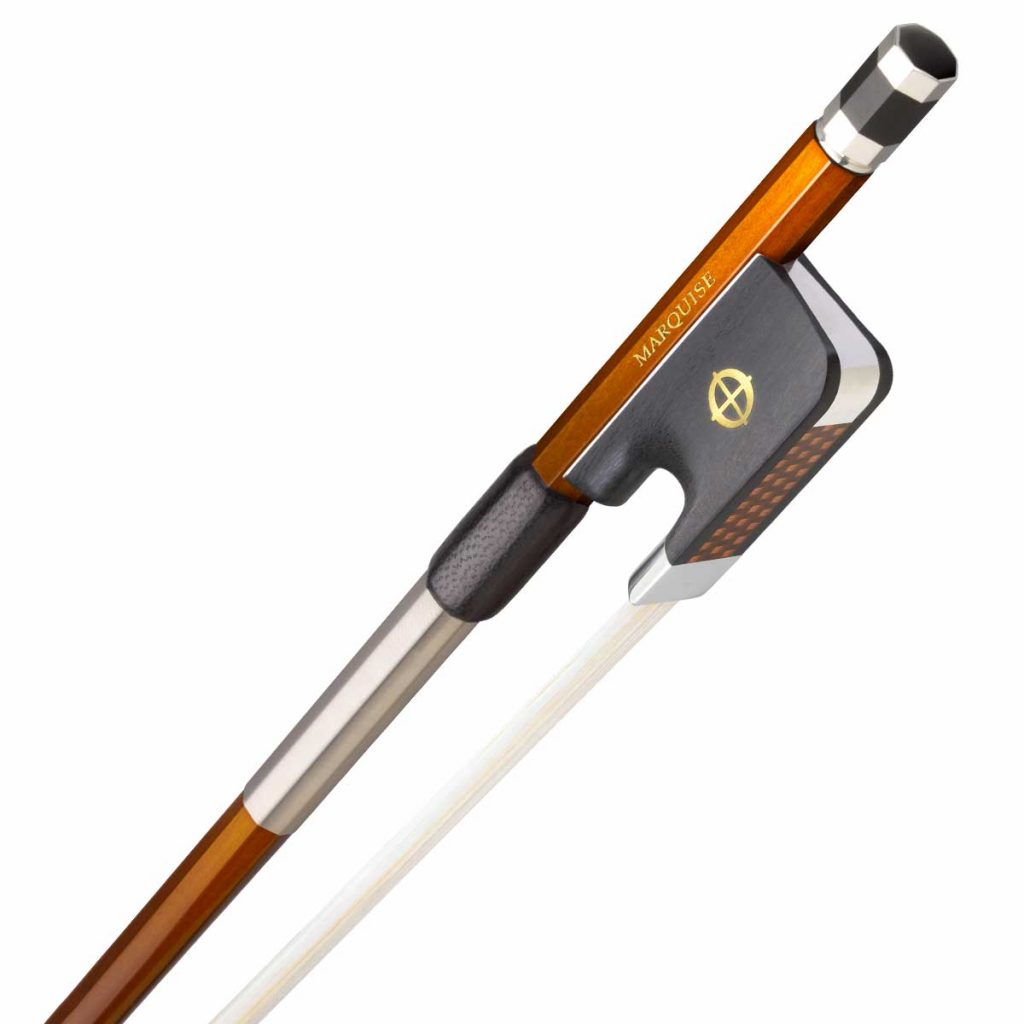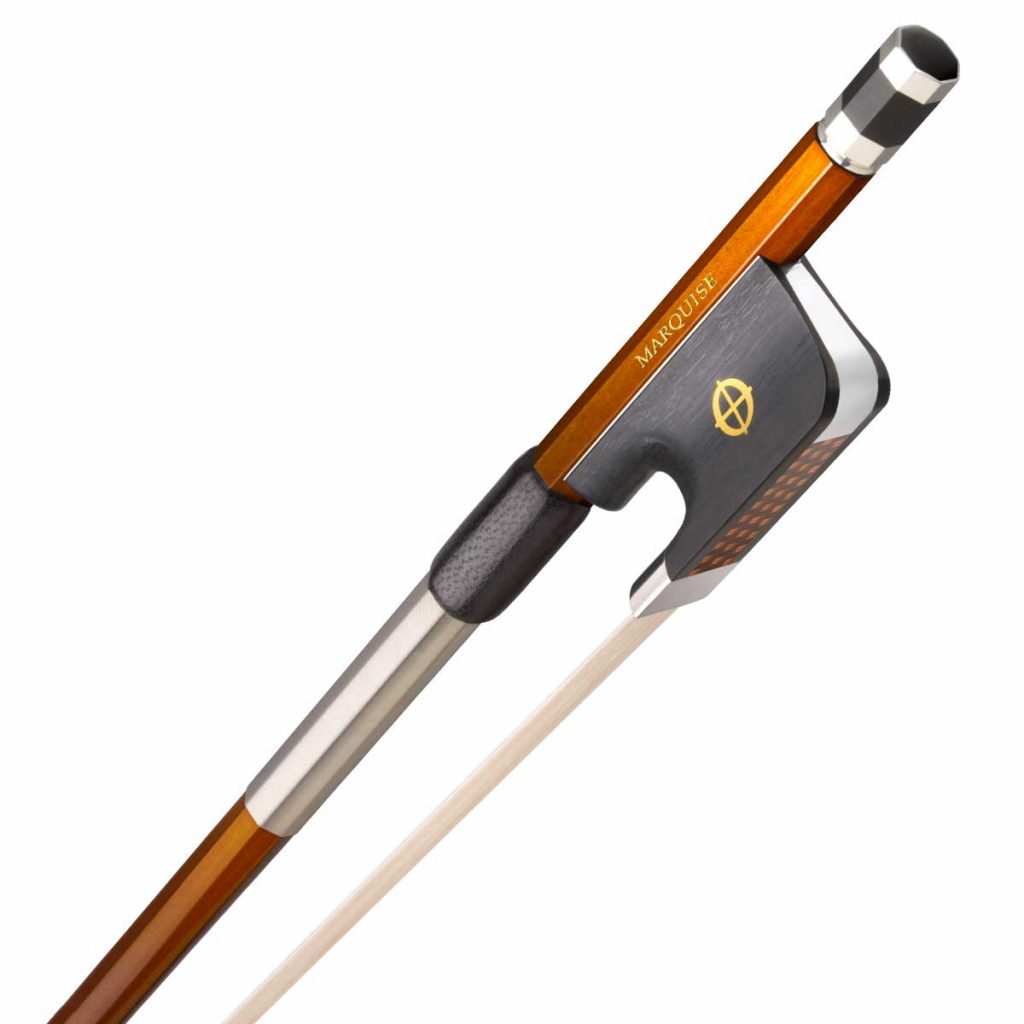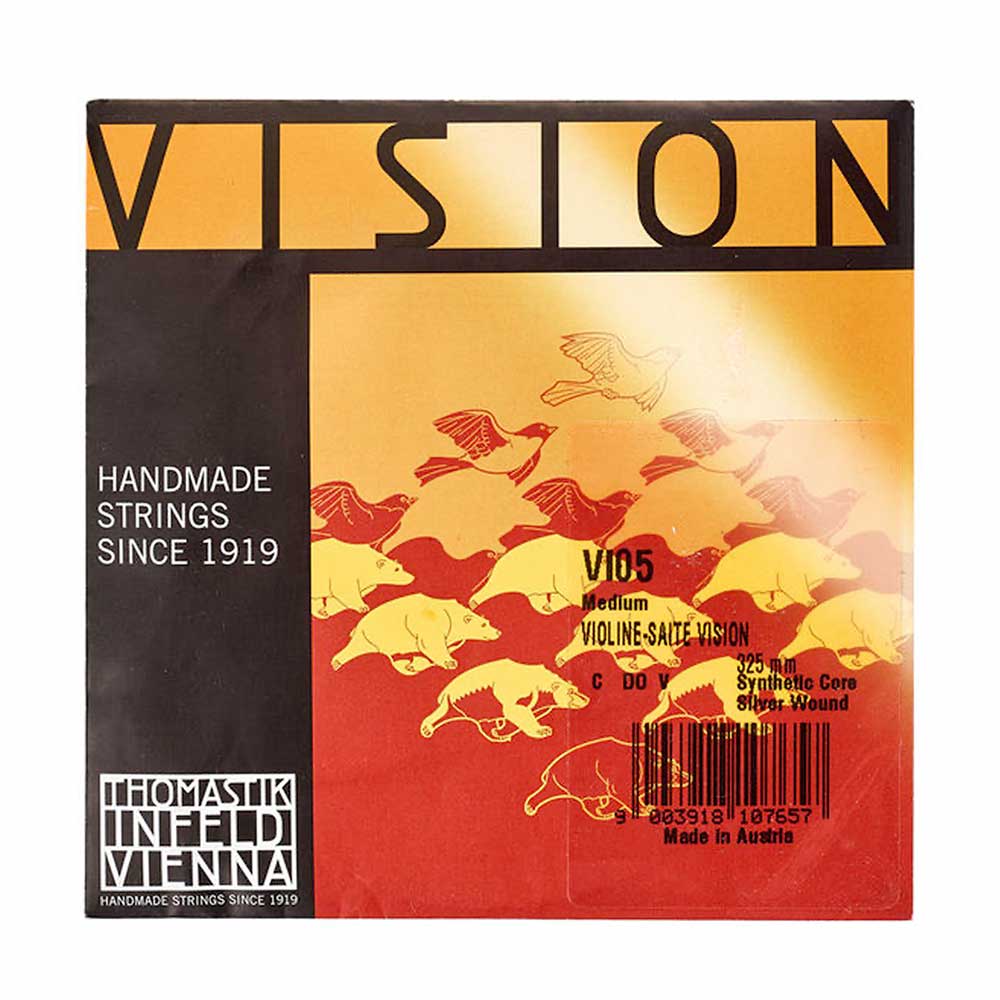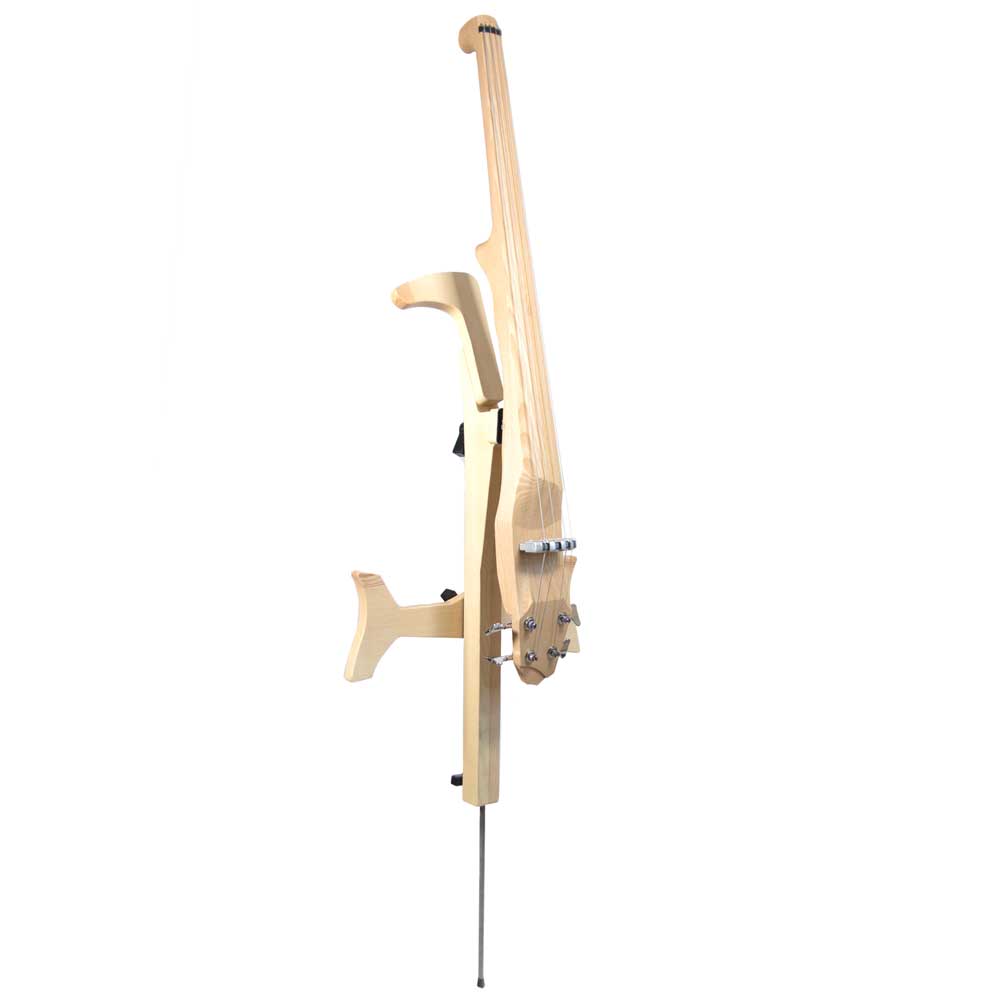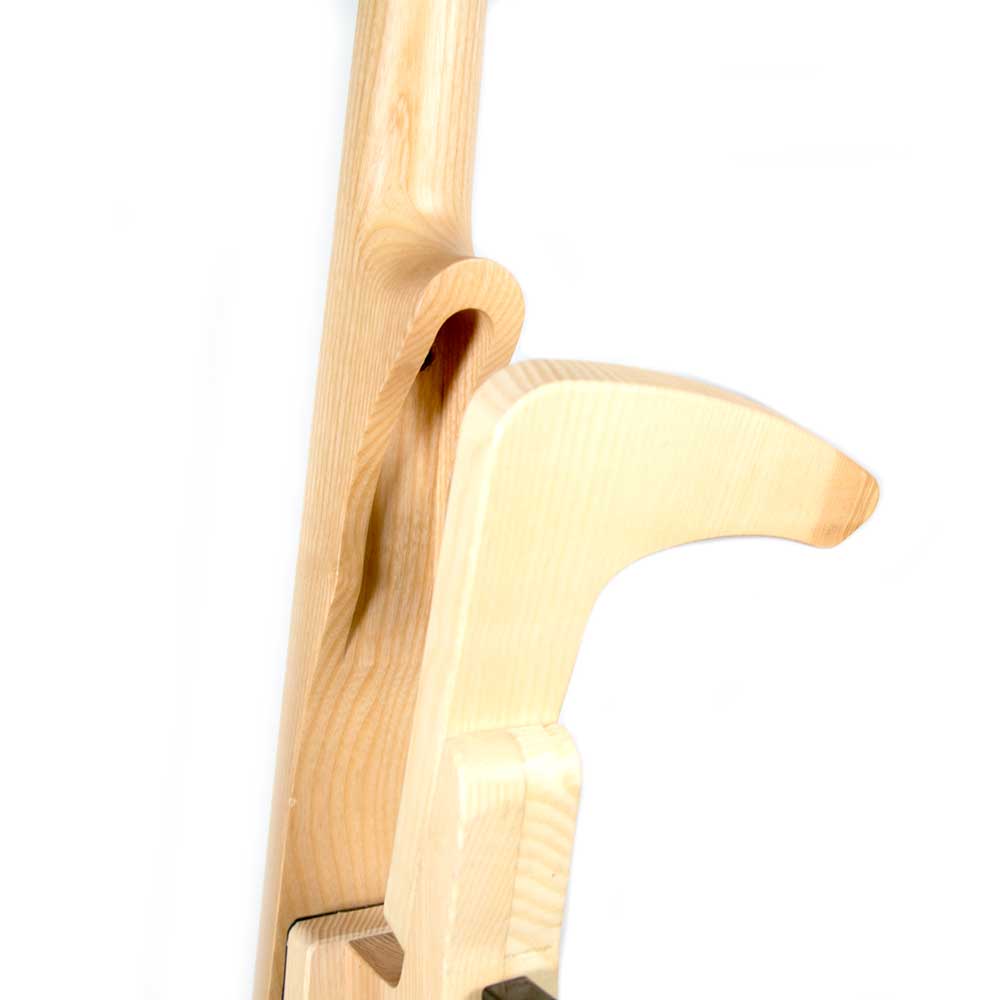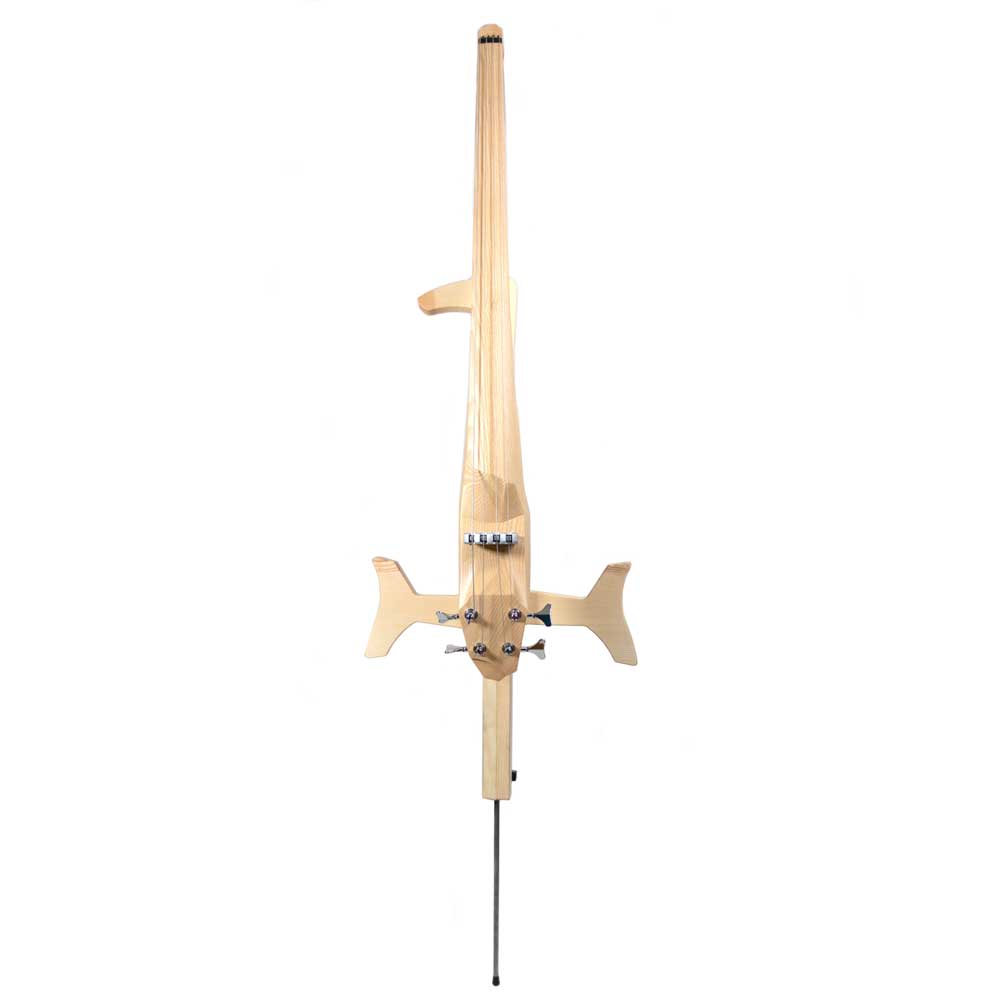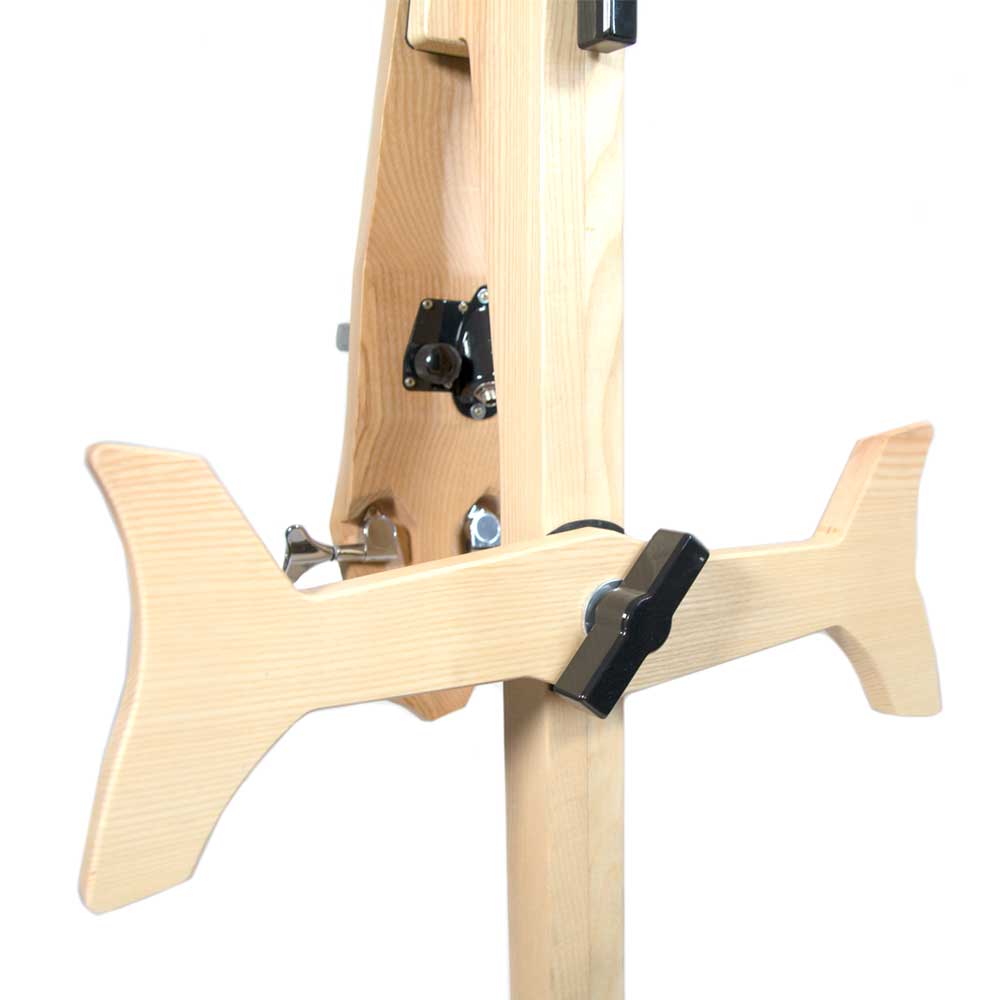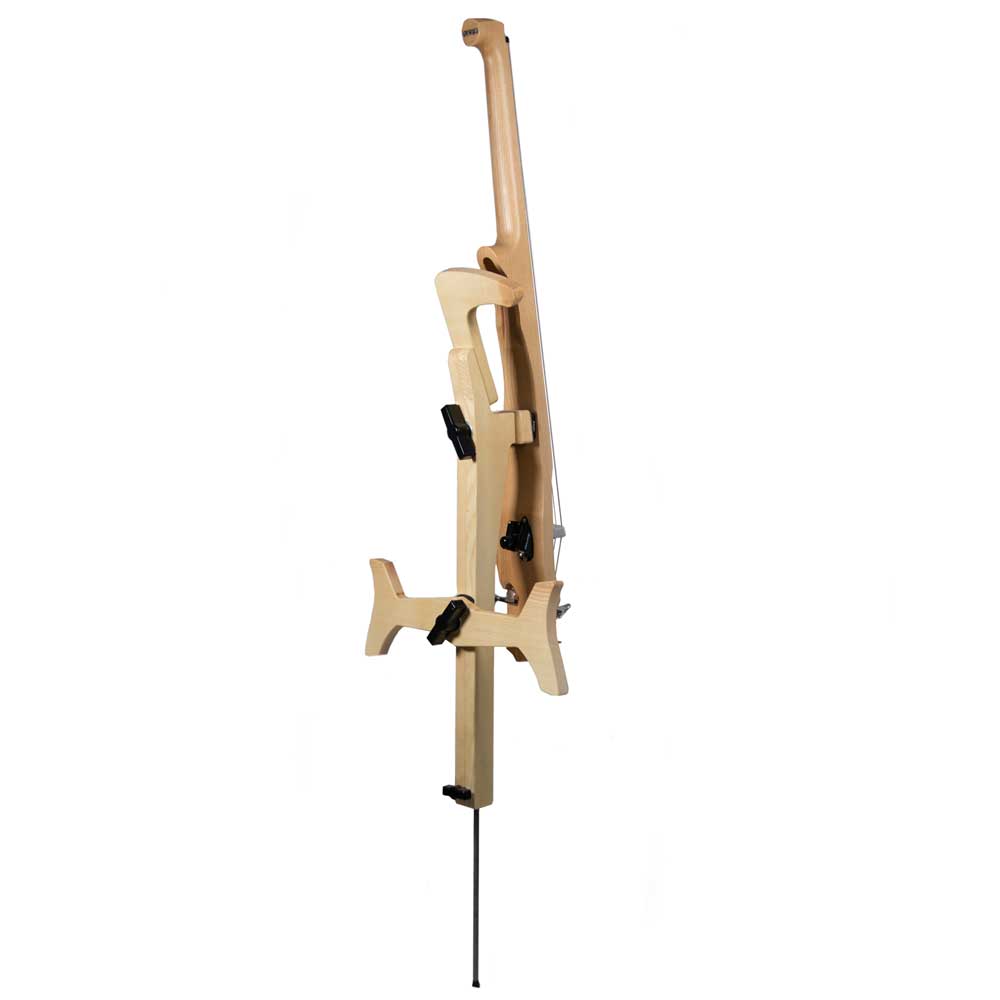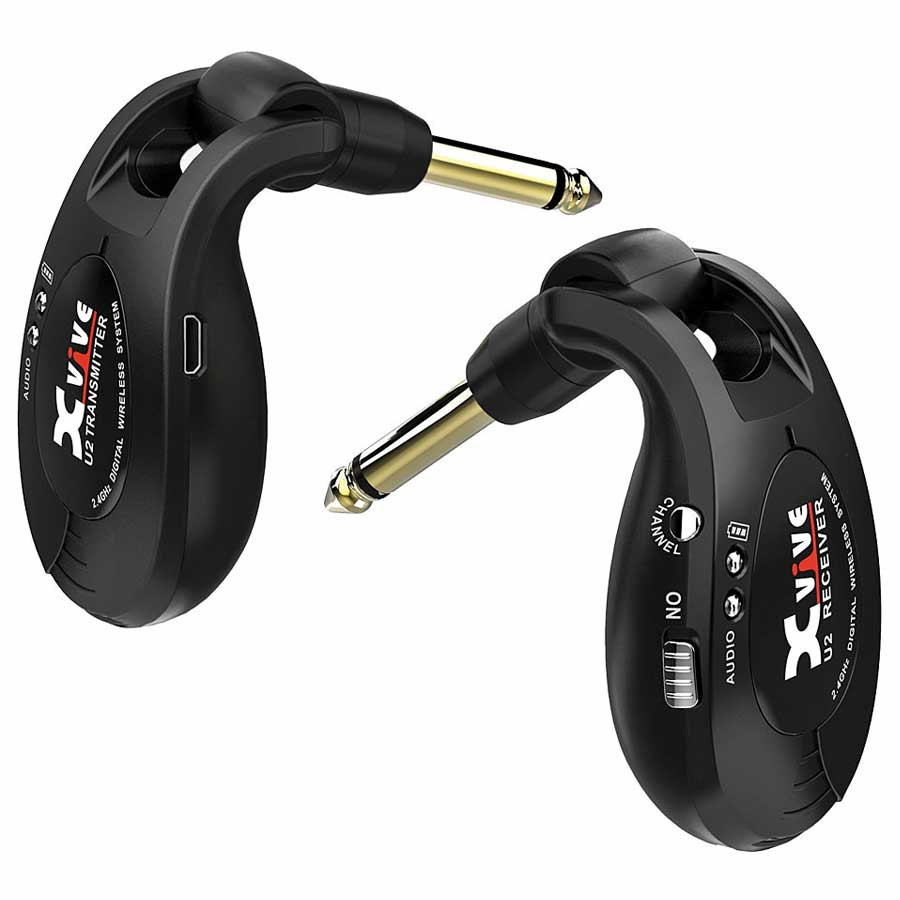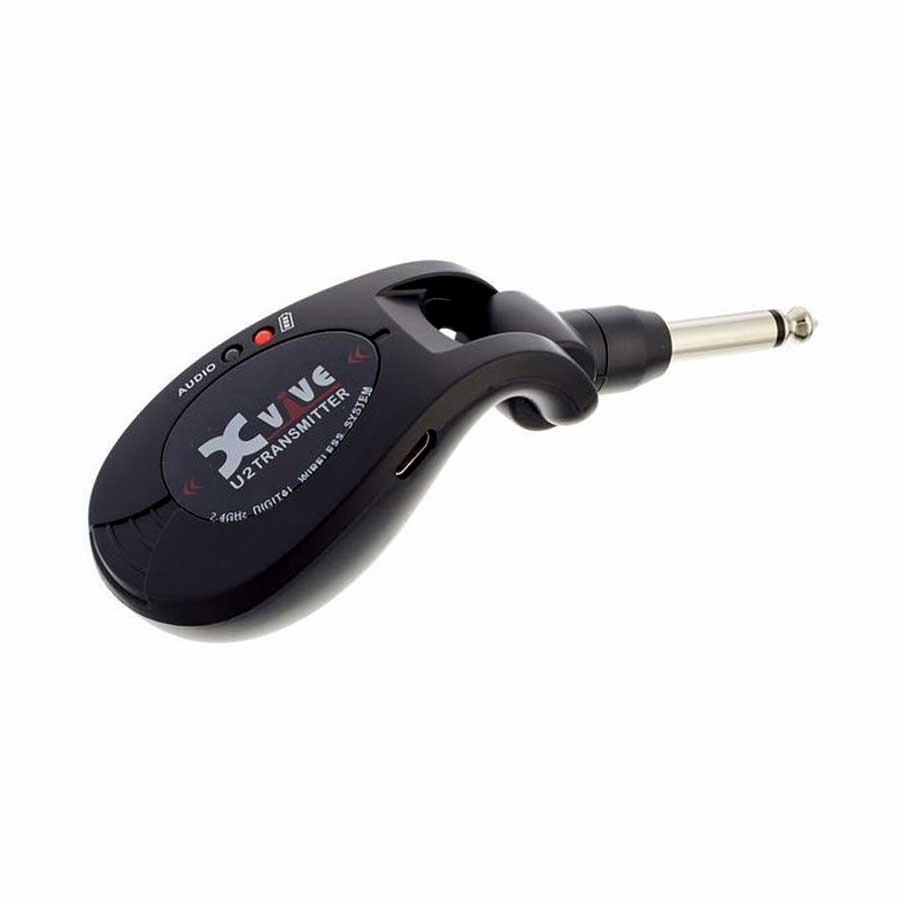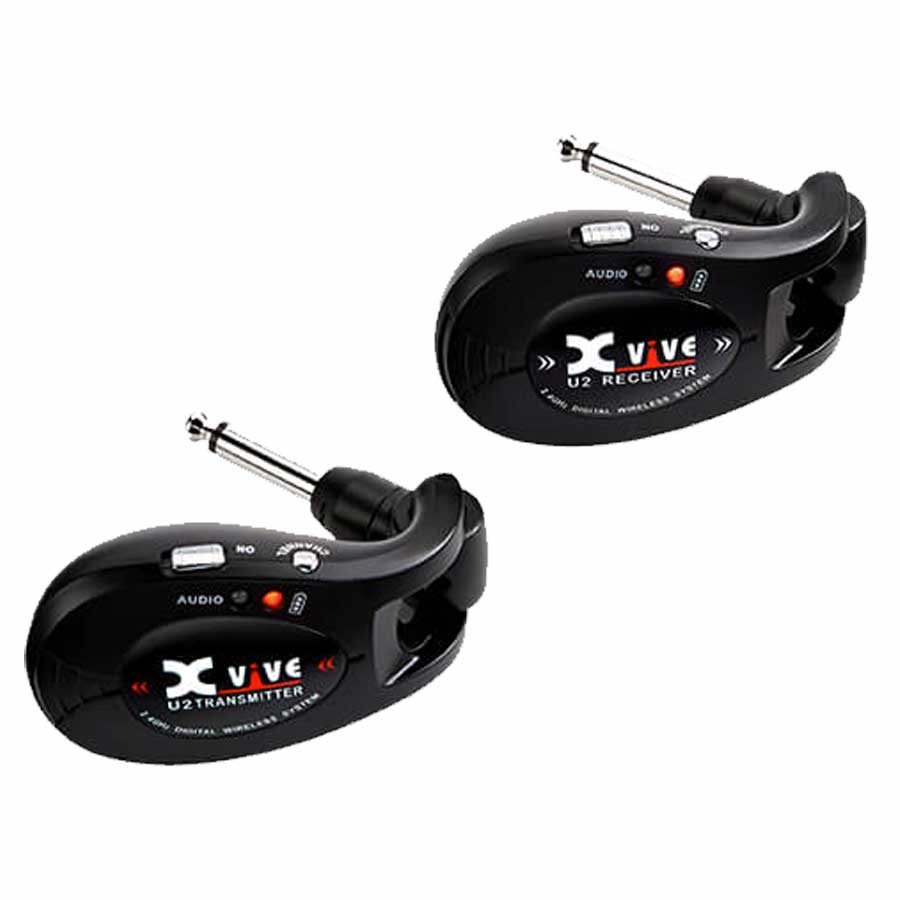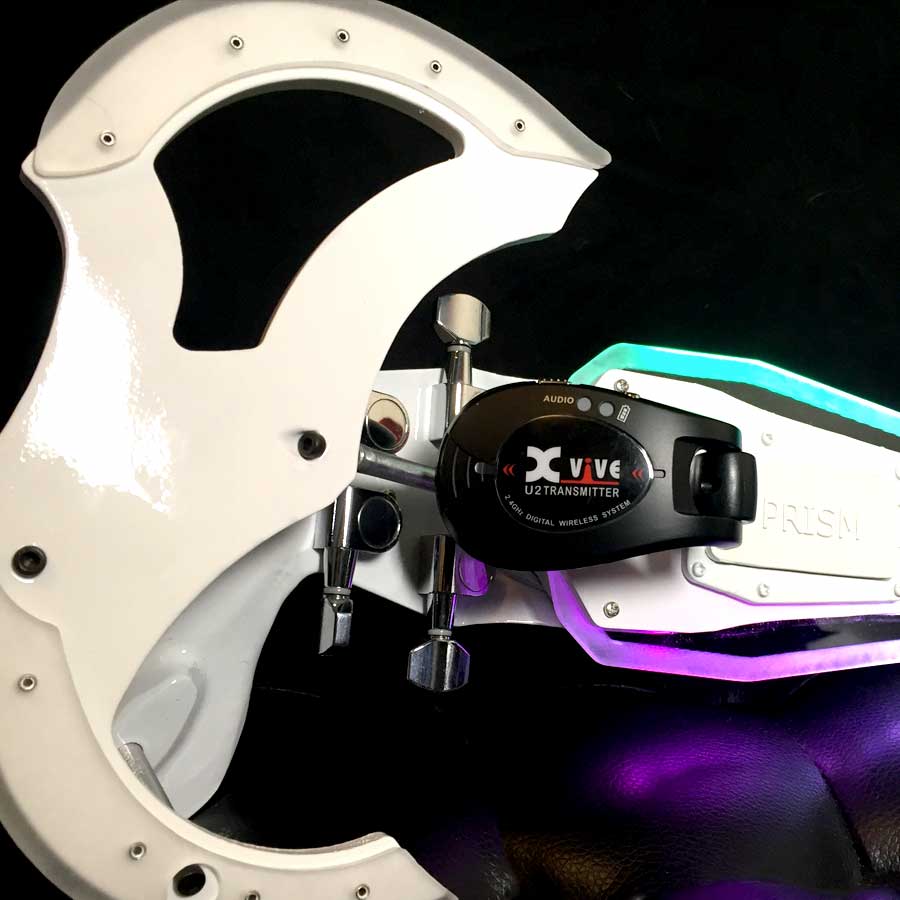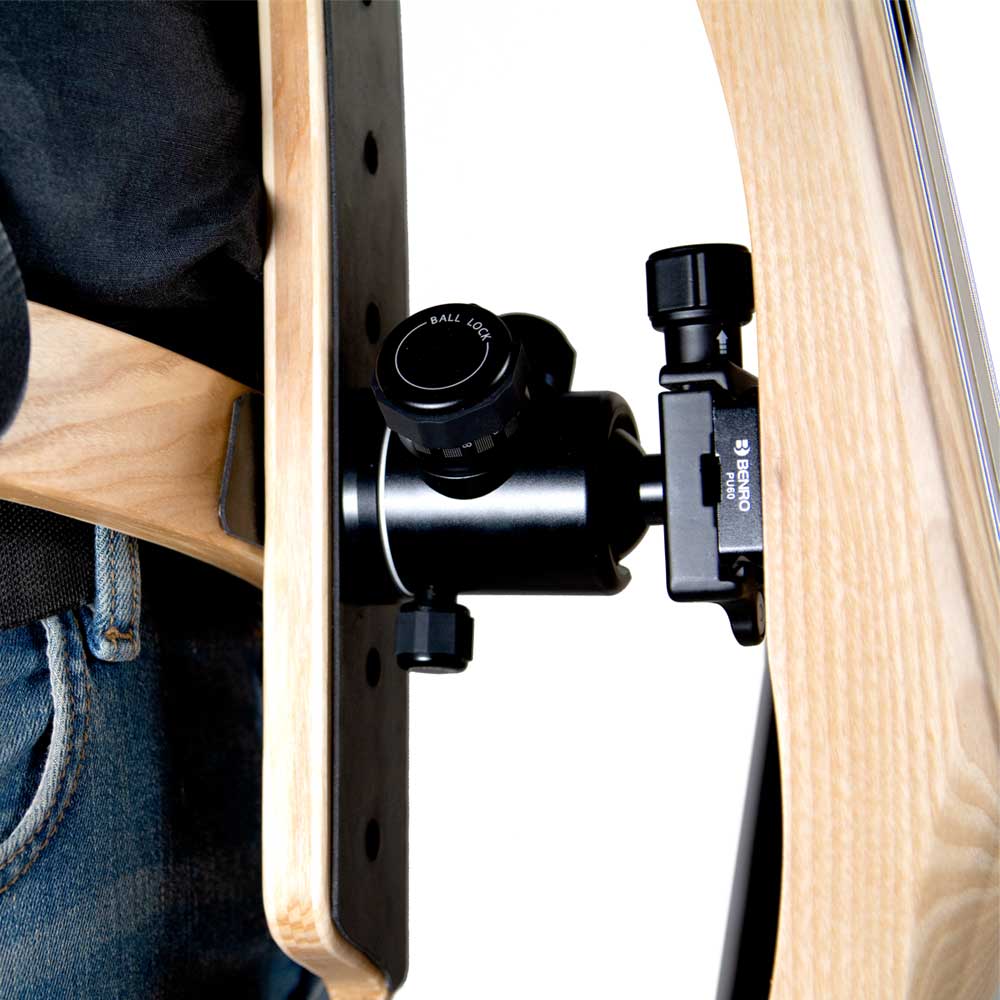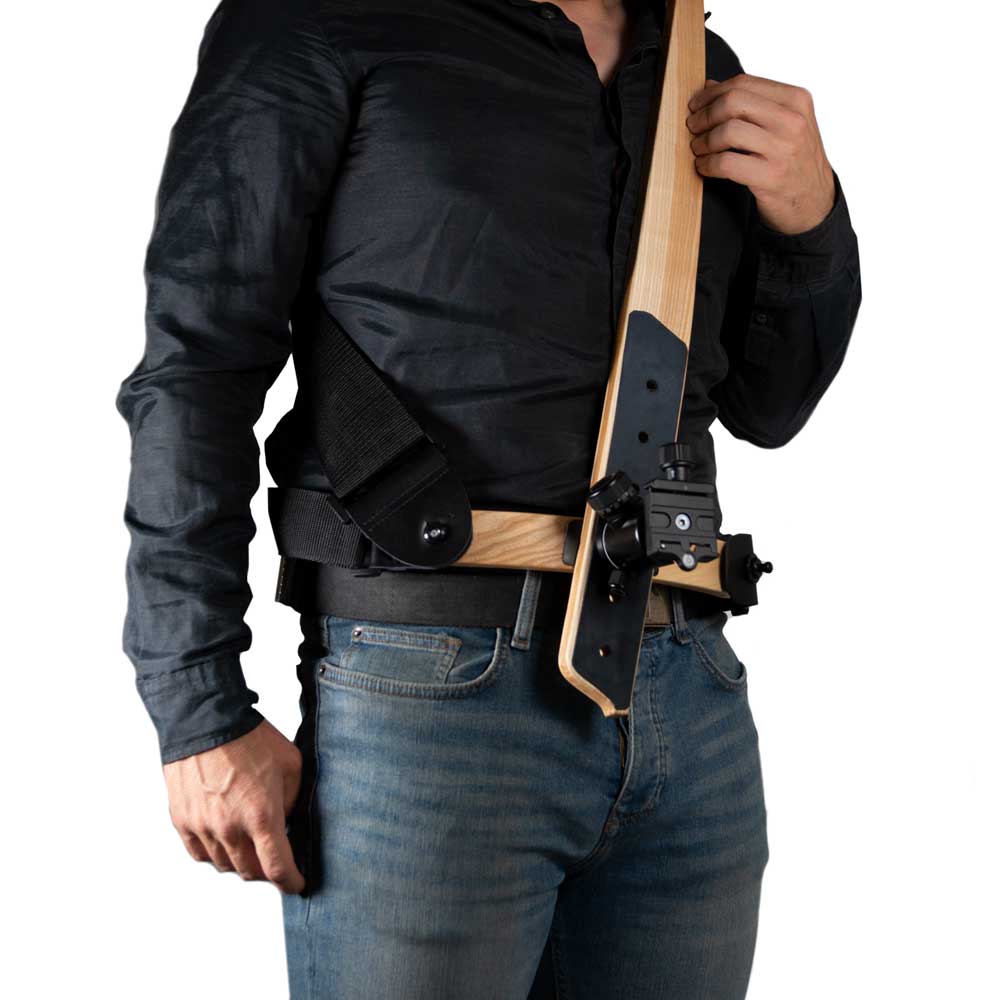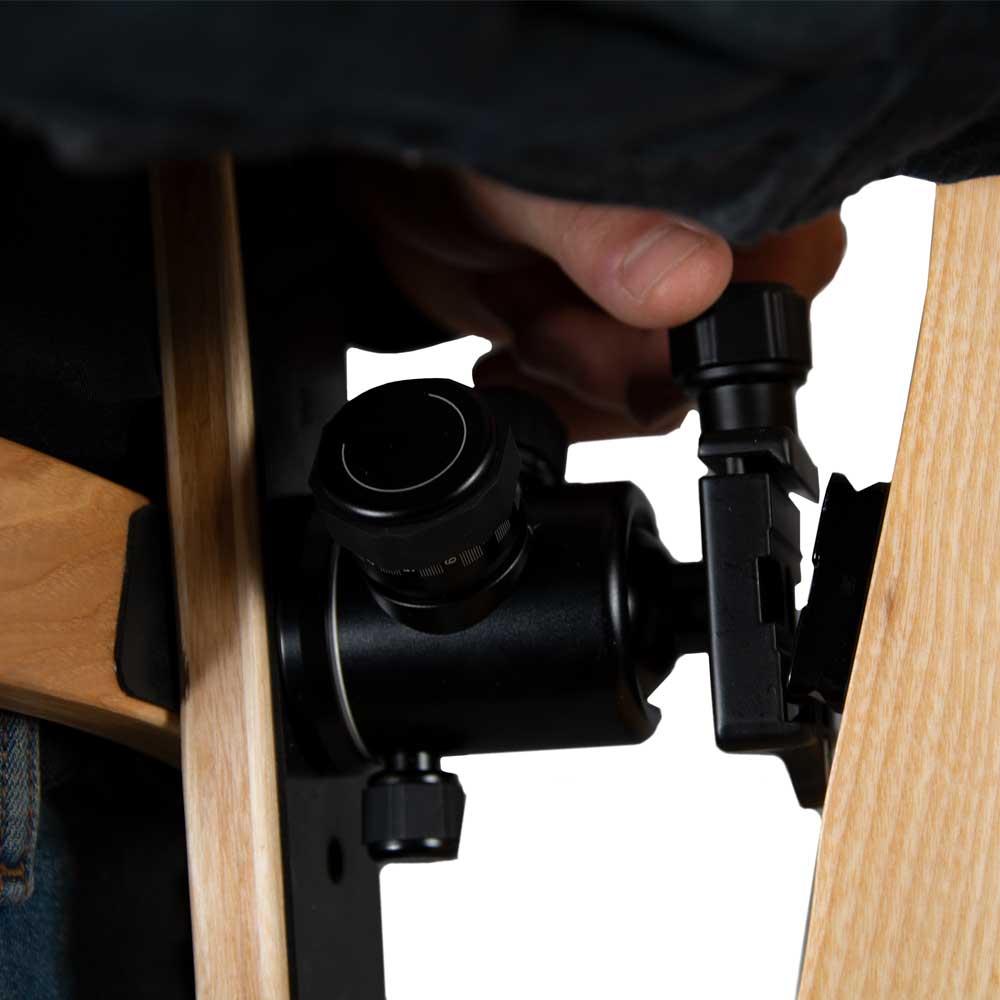The violin is a bowed string instrument much like the cello, the viola and the double bass. Both its origins and its inventor are quite controversial. The violin was inspired by several instruments, then inspired inventors and luthiers who came up with new instruments such as the Stroh violin, the Chanot violin and even the electric violin. In this article, we are going to explore the violin and its “cousin” musical instruments as well as their origins.
The origins of the violin
According to history, the violin appears in the 1520s in Italy, more precisely in the Milan region.
It is not clear from written records who was the first luthier to make a violin. Several names are listed, but to this day nothing allows us to identify with complete certainty the creator of the first violin. Among these names, we can particularly mention Andrea Amati.
It is believed that the violin was inspired by three different instruments: the rebec, the vielle and the Lira da braccio.
The Rebec
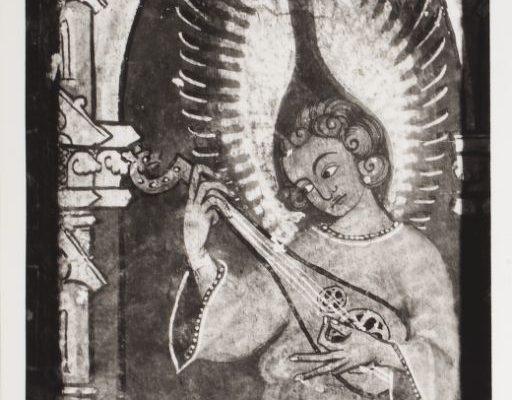
The rebec is played by leaning the instrument against the shoulder like a violin or by leaning it against the intersection between the chest and the arm. In Eastern countries, the rebecs were played vertically and supported on the knees.
It is presumed that it was first introduced in Spain by the Moors and then spread to the rest of Europe.
The rebec is often depicted in the frescoes that adorn the walls of many Spanish chapels and churches. The following is an example of a fresco depicting an angel playing a rebec in the chapel of San Martin in the Old Cathedral in Salamanca, Spain.
The rebec was widely played by the troubadours, poet-composers who traveled through the courts of Europe, between the 12th and 17th centuries.
The Vielle
The vielle is a different kind of bowed string instrument that originated in the Middle Ages.
In fact, the term “vielle” is used to refer to dozens of bowed string instruments around the world with their own particular shapes and characteristics. Sometimes they can be very different from each other.
They all have a sound box, a sound board and variously shaped sound holes. The shape of the vielle has also largely evolved over the ages and cultures. They can have between 2 and 6 strings, even if most of them generally use 5. The strings are played with a straight or a curved bow. They are played either held under the chin like the violin, or vertically and pressed against the chest.
The vielles were the predecessors to violas around the 15th century. We shall take a look at some of these traditional vielles and violas further down.
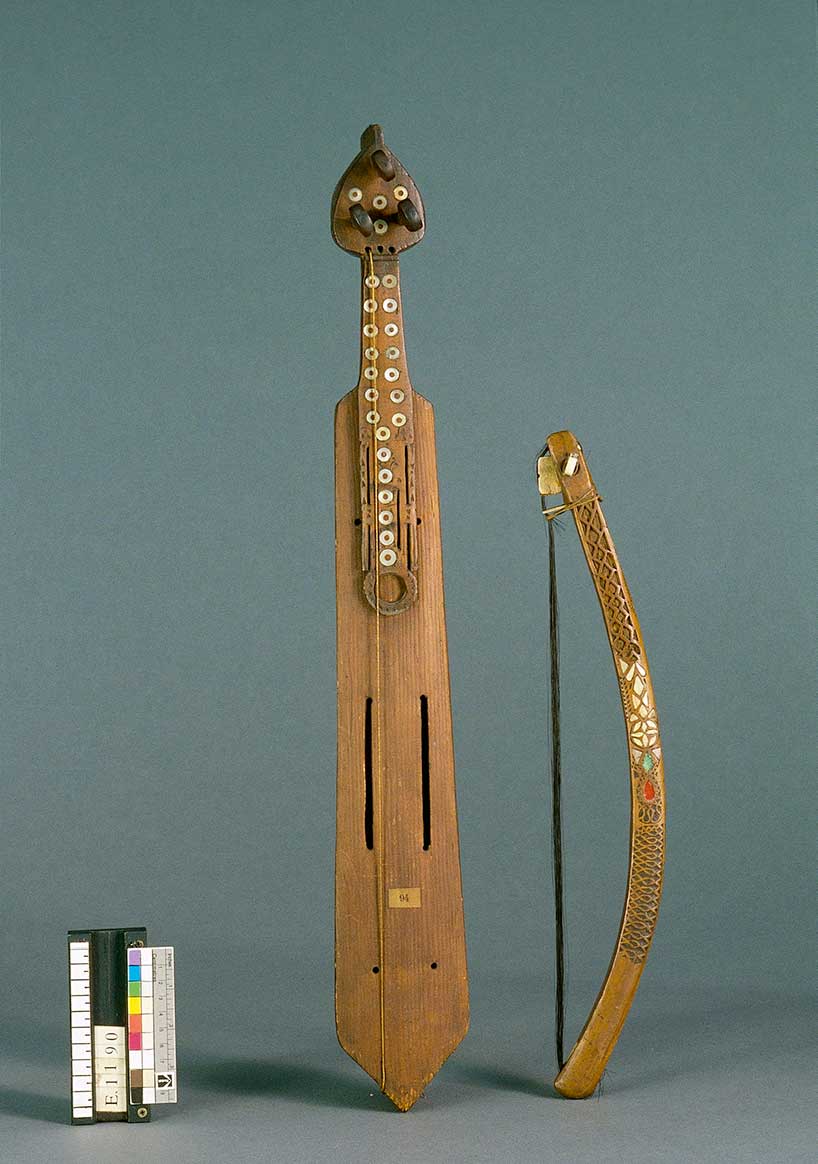
The Lira da braccio
The Lira da braccio is an Italian bowed string instrument born during the European Renaissance.
It is believed to be a variation of the vielle like many other musical instruments.
It generally had 7 strings: 5 strings played with the bow and 2 strings off the fingerboard which served as drones.
The Lira da braccio was played in Italy by poet-musicians between the 15th and 16th centuries before definitively disappearing and being replaced by the lute and the violin.
The violin did not immediately impose itself as the dominant instrument. It was only during the Renaissance in Europe that it gained popularity and found its place among the many instruments of the time.
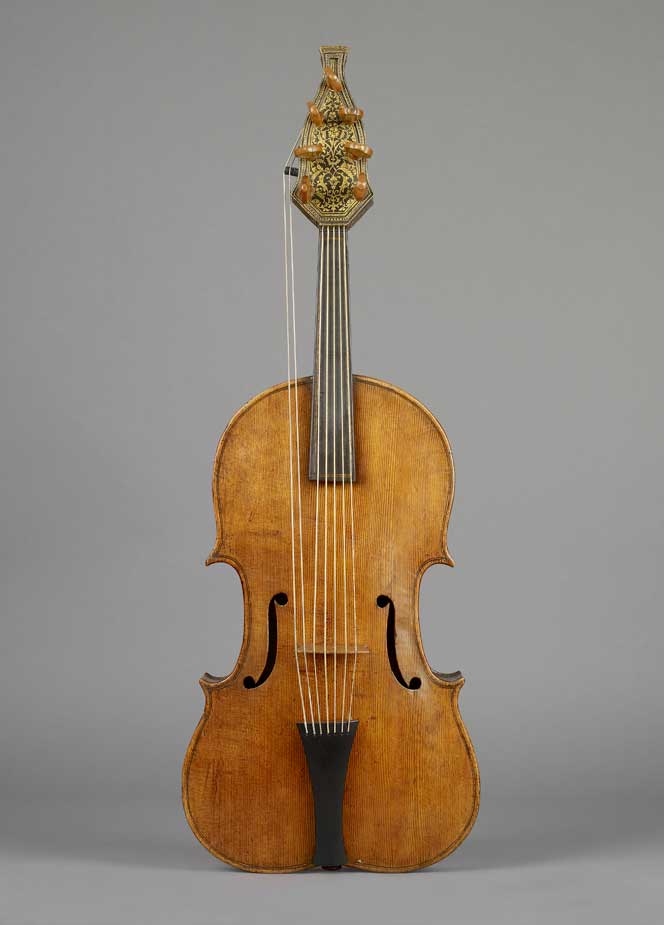
Lira da Braccio par Giovanni Maria da Brescia
The violin gradually began to establish itself among the other musical instruments; it was played at royal courts and popular celebrations, and was associated with a wide variety of musical styles. It continued its steady rise through the centuries, giving birth to new virtuosos and luthiers.
The violin then became an inspiration for new bowed and plucked string instruments such as the mandolin.
Experiments related to the violin
The Stroh violin
A very peculiar violin that has been given a lot of names: ‘phono fiddle’, ‘Stroviol’, ‘trumpet violin’ or even ‘horn violin’. This instrument is in fact based on the violin but not exclusively. The Stroh violin was invented by John Matthias Augustus Stroh, an engineer of Austrian origin, who undertook the construction of this new instrument with a very specific objective.
He removed the sound box of the violin and replaced it with a solid body on which a horn with a membrane that is directly connected to the bridge is inserted. In fact, the functioning of the Stroh violin is directly inspired by the phonograph made by Edison, the famous American engineer who was responsible for many inventions.The bridge plays the role of the needle used in phonographs (or gramophones) and transmits the vibrations of the strings to the membrane. Subsequently, the vibrations are amplified by one or two horns depending on the model of Stroh violin.
John M A Stroh filed a patent for this invention and it was validated on June 3, 1900 by the USPTO. Here below you will find a few pictures describing this invention. This patent went into the public domain in 1917 and can be found on Google Patents for those interested in the subject.
What you need to know is that there was a real objective behind the creation of the Stroh violin. In fact, recording an acoustic violin has always been a challenging task. It’s still a challenge today, but imagine how challenging it was in the 19th century.
Mr. Stroh’s idea was to be able to control the direction of the sound produced by the instrument and to point it directly at the recording device in order to facilitate the sound recording. He was able to do this by adapting the gramophone system to his Stroh violin. This musical instrument was also adapted to a cello to suit the same needs.
The sound of the Stroh violin is so distinctive that many violinists still play it today. Here is Benedik Brydern playing one of his compositions Dunes of Taklamakan on the Stroviol.
The Savart violin
The Savart violin is easily recognizable thanks to its trapezoidal-shaped sound box and slot-shaped sound holes.
The invention of the Savart violin is the result of the collaboration between Jean-Baptiste Vuillaume, a luthier, and Félix Savart, a physicist. Both men wanted to improve the sound performance of musical instruments. And it is essentially Félix Savart’s knowledge in physics what was used.
Félix Savart had noticed that the curved shape of the violin’s sound board was an obstacle to the propagation of sound waves. He therefore transformed the curved body into a flat trapezoidal body.
He also replaced the f-holes with slot-shaped ones in order to reduce vibration losses. In fact, Félix Savart had understood that vibration losses were accentuated by the presence of the f-holes and by the ribs of the classical violin.
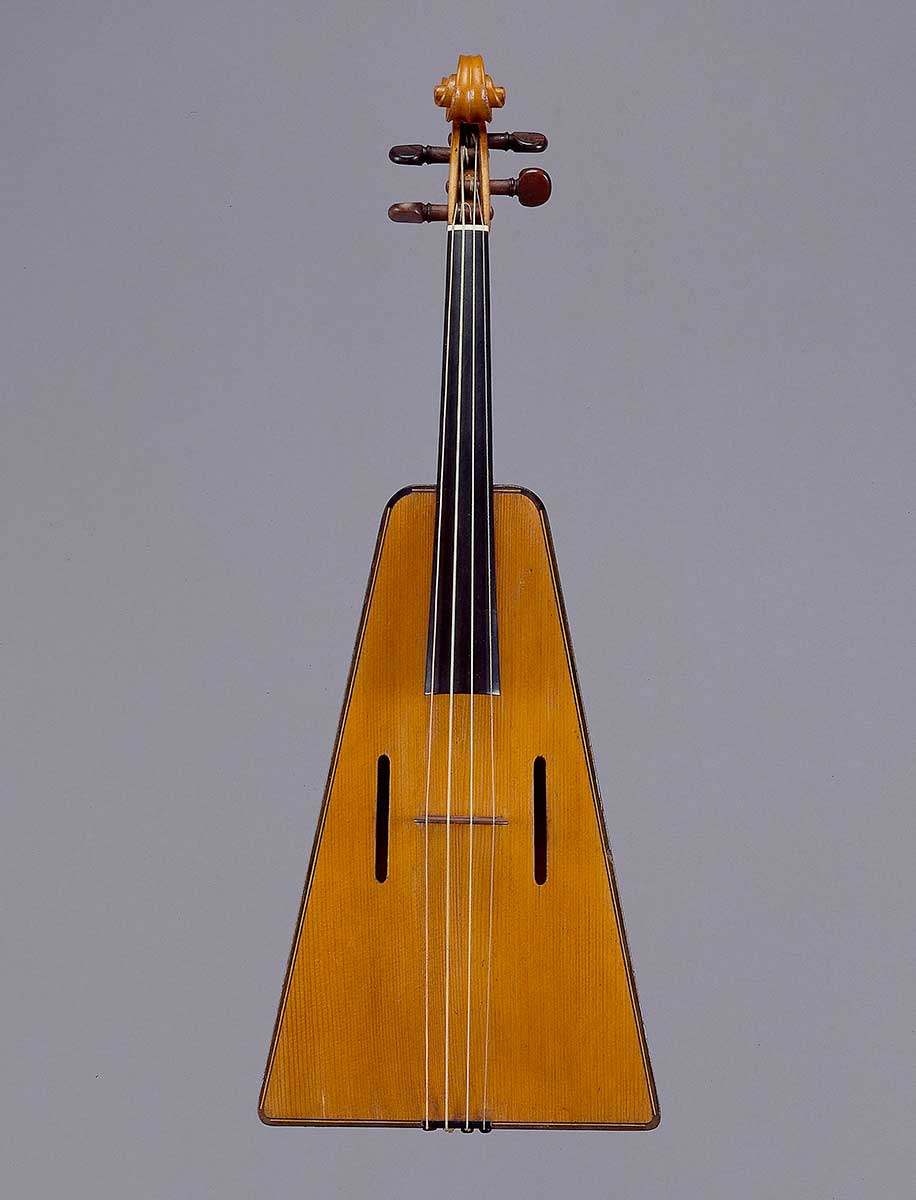
To improve the structural shape of his violin, he placed fine sand on the flat trapezoidal-shaped sound board. When this fine sand is placed on the sound board and the violin is played, the propagation of the sound waves through the body of the instrument become visible. According to the frequency of the note played, the fine sand will draw different patterns on the sound board. This is called a Chladni figure. By monitoring the results obtained for each note, Felix Savart was able to optimize the structural shape of his Savart violin to ensure optimal wave propagation. The principle of Chladni’s figures is explained in the video below.
Unfortunately, from a purely acoustic point of view, Savart’s violin did not deliver any real improvements. Moreover, the major modifications made to the original shape of the violin have mostly shaped an unplayable, difficult to handle and uncomfortable instrument. The Savart violin has been kept as a study instrument in the field of acoustics, often mentioned and studied in universities.
The Chanot violin
Similar to the Savart violin, the Chanot violin is an experiment to improve acoustics that was initiated by François Chanot in 1819. He wanted to improve the traditional principles of violin making by applying physical concepts.
He modified the appearance of the violin by imagining an optimum body for the propagation of vibrations. As a result, Chanot’s violin has a rounded shape, quite similar to that of the guitar, an inverted pegbox to simplify the installation of the strings, and consistent-width soundholes that follow the curves of the instrument.
Just like the Savart violin, the Chanot violin never succeeded in establishing itself. Even if it offered an improvement in sound, its manufacturing method was criticized. In fact, we can see on the picture that the tailpiece was glued directly on the soundboard as is done on guitars. However, the tailpiece had a tendency to detach itself when the strings were under tension.
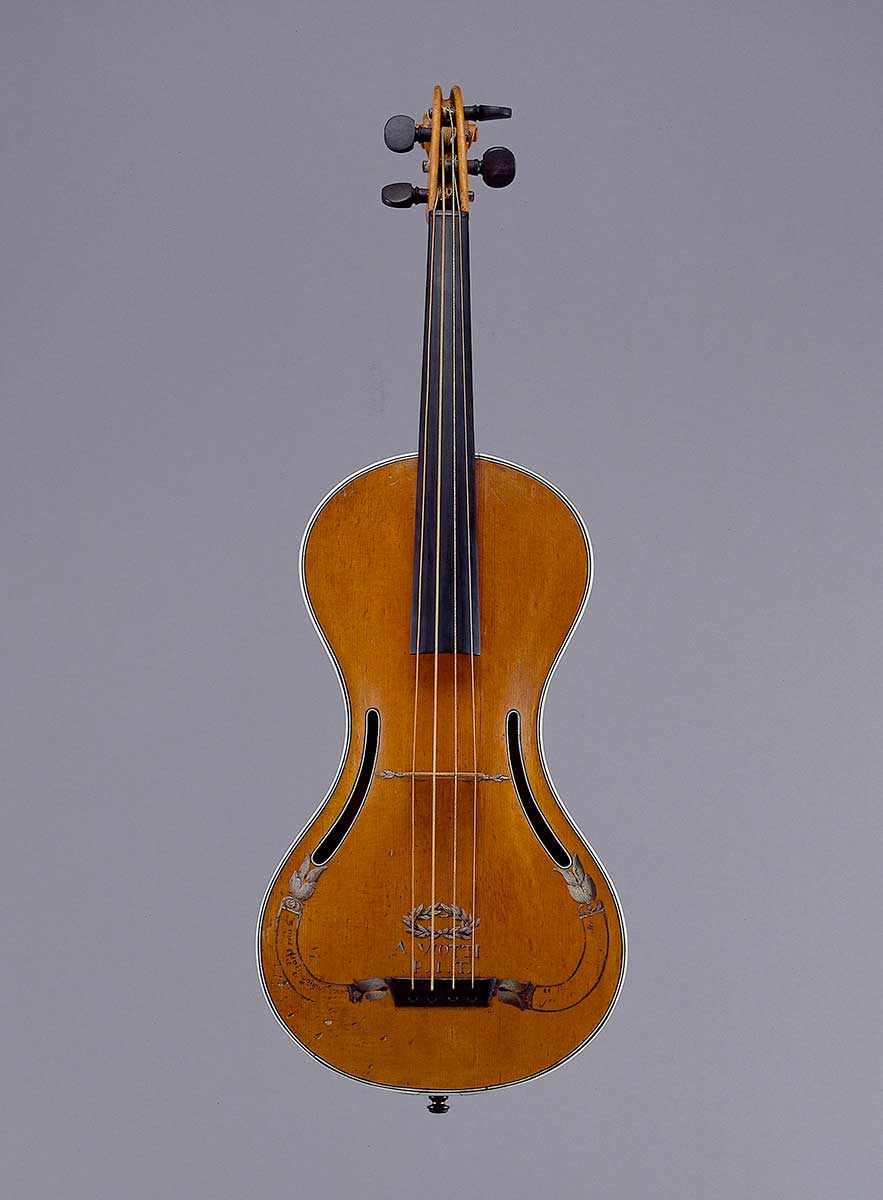
The Chanot violin was later made into a cello. This latter used the same shape, very curved and with rounded ends.
The Chanot violin is also part of the musical experiments that influenced the work of other violin makers, but did not meet with the approval of its target audience.
Cousins of the violin
The Hardanger fiddle
The Hardanger fiddle is a variant of the violin found in Norway. In addition to the traditional 4 strings of a violin, it has 4 to 5 underlying strings.
These extra strings are called sympathetic strings. They are located under the fingerboard and tuned in specific keys. They are not played with the bow and will resonate using the vibration of the sound box.
Take a look at the picture below to understand the position of these sympathetic strings that go under the fingerboard of a Hardanger fiddle.
The soundboard and fingerboard of Hardanger violins are often decorated with small original drawings.
The resulting sound of the Hardanger violin is thus enriched by the 4 strings that are typically used on a violin and by these 4 to 5 sympathetic strings.
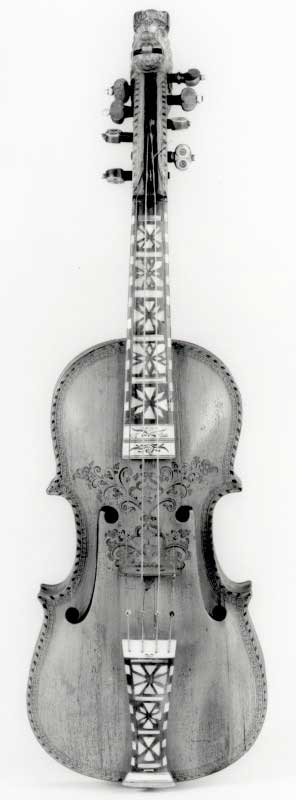
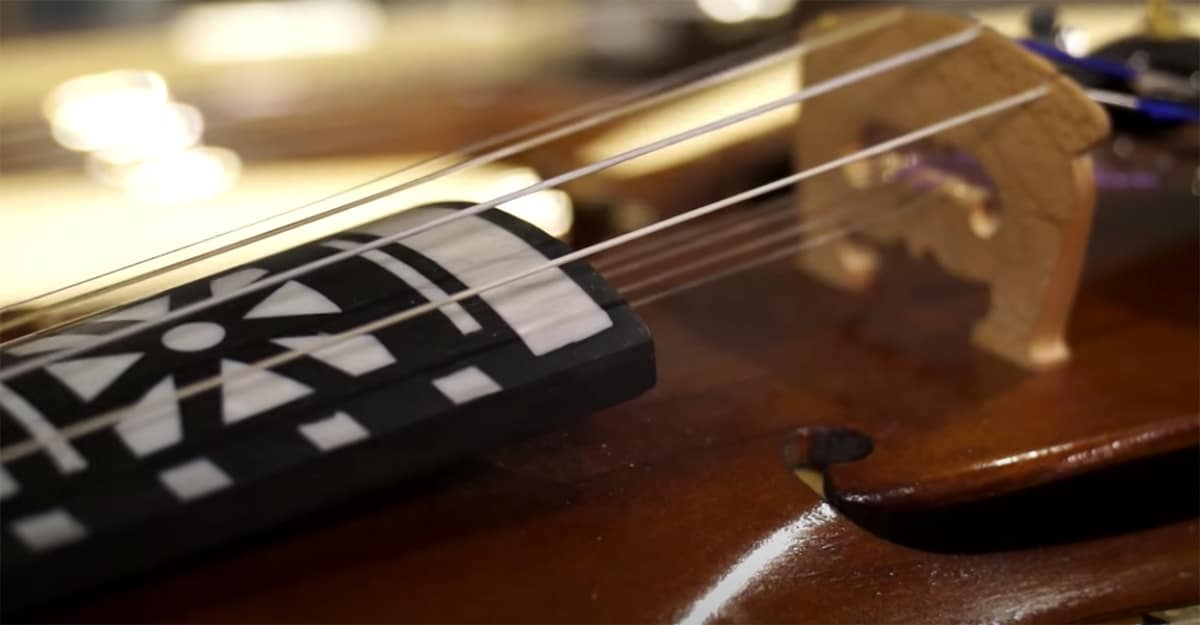
We had the chance to play a 9-string Hardanger violin during a trip to Norway. The sound is quite amazing! Here below, Norwegian violinist Guro plays two songs: Ein etter Neri Neset and Tveitlien using a Hardanger violin.
The Fiddle
Should we mention the fiddle in our list or not? By the way, what are the differences between fiddles and violins? This is a question that is often asked! Well, let’s be honest, the difference is simple: there really isn’t one.
This question is more about playing habits, traditions, vocabulary, users, music styles, cultures, etc. But in the end, we can say that the difference is very small, even none!
If you want a short answer, the answer is that a fiddle and a violin are the same thing. If you want a more precise answer, we will try to explain in the following paragraphs the “difference” between a fiddle and a violin.
The difference between a fiddler and a violinist is that they use a different style of playing, and therefore, play a different style of music. Fiddles are generally associated with folk and traditional music such as Irish or Cajun music, while the violin is associated with classical music. In 1971, Breandan Breathnach, an Irish fiddler said:
A violinist is not a fiddle player, just as a fiddle player is not a violinist.
It is therefore the way of playing, and thus the music played, what creates the difference between fiddle and violin, not the object itself.
In the video, Jonathan H. Warren plays a traditional Irish song with his Line in a fiddle style.
Voir cette publication sur Instagram
Some purists will tell you that there are ‘significant’ technical differences between a fiddle and a violin. This is part of the myth and mystery surrounding the subject!
The Viola d’amore
The viola d’amore is also a member of the family of bowed string instruments. This baroque instrument has travelled through Europe and its origin is a matter of debate. It is very similar to the viol to which additional strings have been added. The shapes of the violas d’amore have evolved greatly over the centuries. Today, we can find them in two different designs:
- one with rounded corners, similar to the shape of a guitar.
- the other with more prominent corners, similar to the shape of viols (but with a fretless fingerboard).
The two shapes of violas d’amore are shown in the images below.
The scroll of the instrument may feature carved human or animal heads, or may be shaped like a heart (hence the name viola d’amore). There are no set rules for the shape of the scroll. It is sometimes a signature of the luthier. Among the previous images, we find the scroll of a viola d’amore featuring the head of a putto (a cherub), taken from the Geneviève Thibault de Chambure Collection and catalogued by the Musée de la Musique de la Philharmonie de Paris.
Violas d’amore have a variable number of strings, generally between 6 and 14, sometimes more. These strings are either playable or sympathetic. The playable strings are played with a bow just like on a violin. On the other hand, the sympathetic strings vibrate through resonance when the playable strings are used. As on the Hardanger fiddle, these strings are placed under the fingerboard.
The tessitura of the viola d’amore was standardized at the end of the 18th century in A, D, A, D’, F#’, A’, D’’ or La, Re, La, Re, Fa#, La, Re. Nowadays, these strings are easily available on the market.
Here below, Jasser Haj Youssef playing the viola d’amore and Haïg Sarikouyoumdjian playing the duduk perform their composition entitled Substance.
The world of traditional vielles
As we have seen above, the violin has been inspired by several instruments including the vielle. There are dozens of vielles all over the world. Some of them are often unknown because they are essentially played in a specific region of the world, and are thus linked to a geographical and cultural area. Here is a non-exhaustive list: the Sârangi (India), the Kemençe (Turkey), the Rabel (South America), the Gadulka (Bulgaria), the Kamânche (Iran), the Erhu (China) etc.
The following three videos feature the Kemençe (Eren Tekin), the Erhu (Eliott Tordo) and the Sârangi (Kamal Sabri).
Vielles are not the heirs of the violin and on the contrary, they are to some extent at its origin. Yet, the similarity between a vielle and a violin is significant in terms of the way they are played with the bow. That is why we thought it would be interesting to name them here.
Electric violins
As manufacturers of electric violins, it was necessary to mention the electric violin, which is also a significant evolution of the classical violin.
The first electric violins were designed in the early 1900s. With the advent of jazz and blues, violinists had a need to be heard in the middle of percussion and brass instruments.
Without the use of amplification, the loudness of the other instruments completely overpowered the sound of the bowed string instruments, including the violin.
The need for an easily amplified violin was quite obvious.
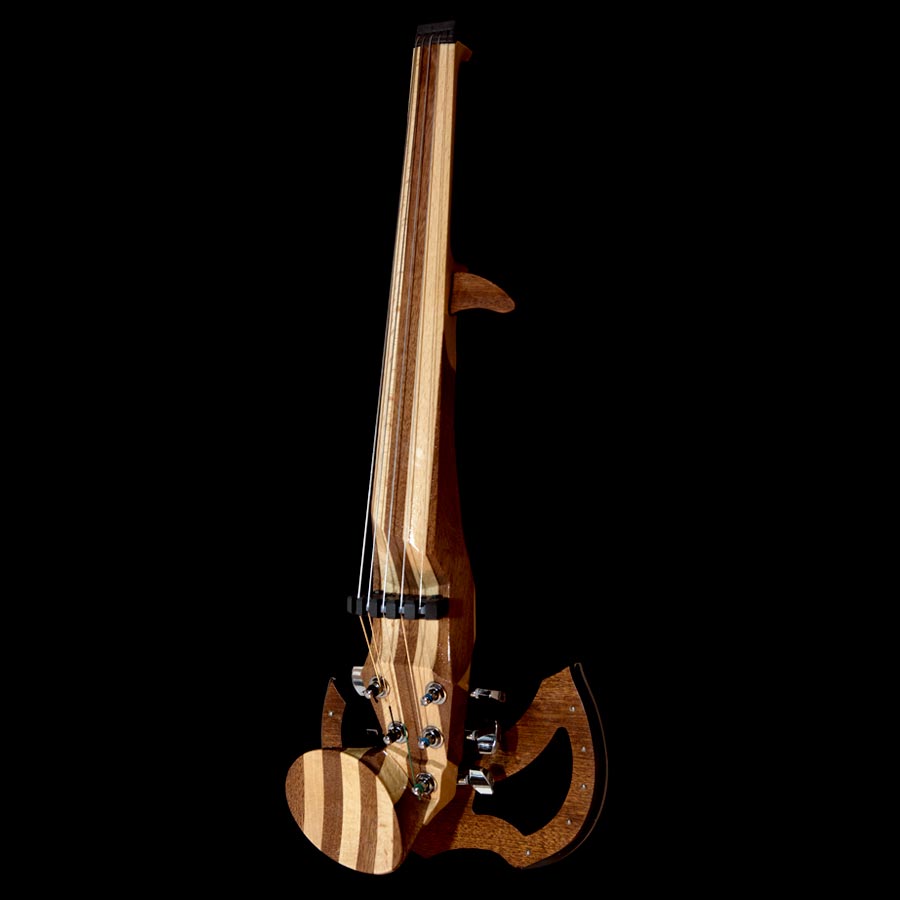
Stuff Smith, jazz and blues violinist, is considered one of the pioneers of the electric violin. He was one of the first to use a violin with pickups and a true amplification capability.
Later, the need for sound amplification did not disappear with the emergence of rock music and the increase in venue capacity. The larger the venue, the greater the need for amplification so that the audience could properly hear the sound being played.
Like any other instrument, and according to the needs and technological evolutions of each era, the electric violin has also evolved. Today, electric violins are used by thousands of artists, with or without sound modulation thanks to the effects that have been borrowed from electric guitars, and are used to play all kinds of music.
Sources & images: Wikipedia, BNF, École Polytechnique (France), Musée de la Musique (France), France Musique, Patent of the Stroh violin by John M A Stroh, Europeana: Billing, Jean-Claude, Ashmolean Museum, BNF, Musée de la Musique, Musée de l’Hospice Comtesse (Lille).

